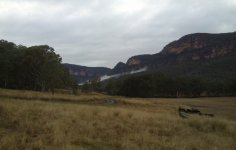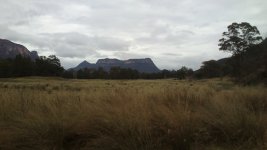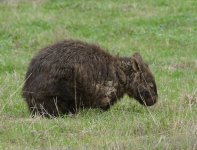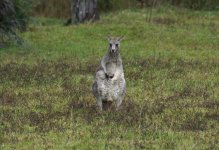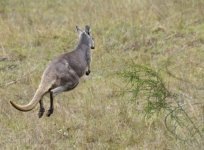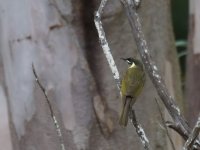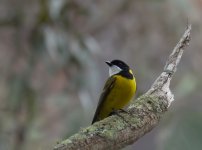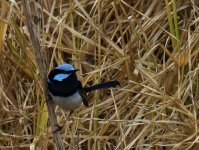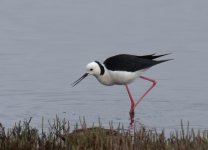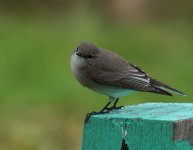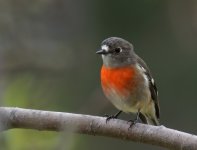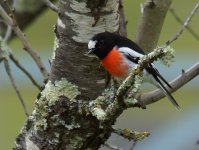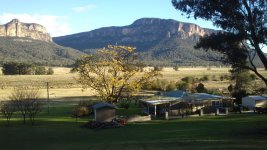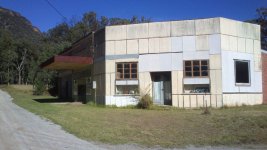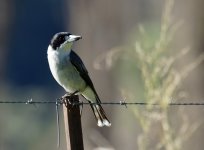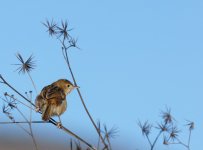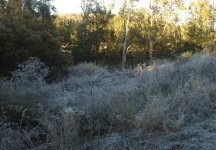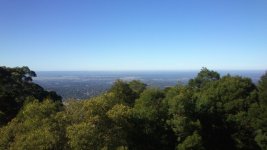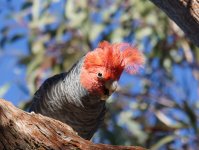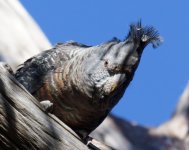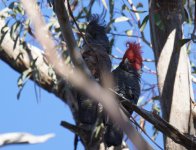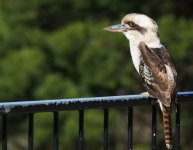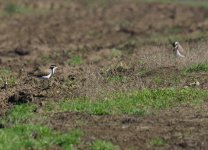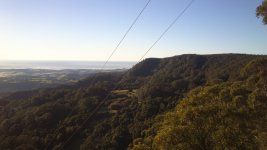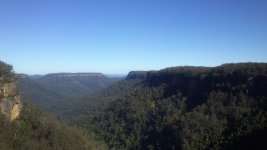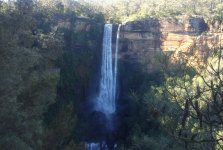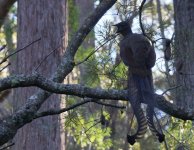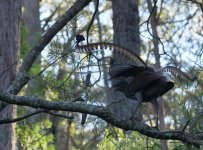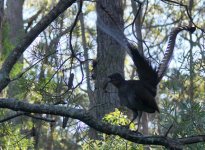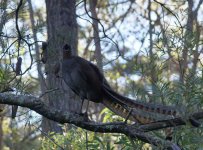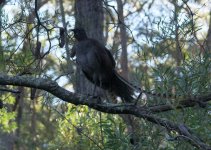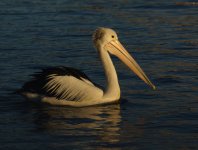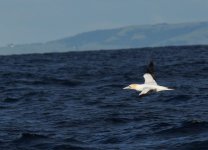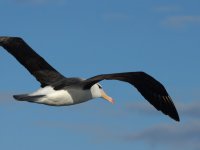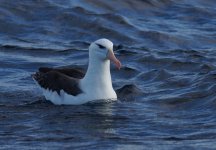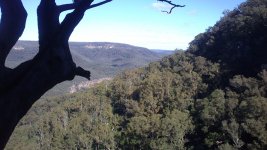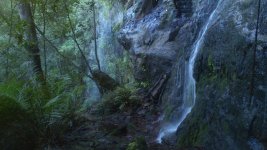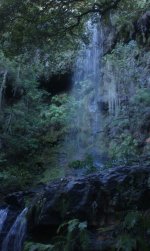
So I spent quite a bit of the summer in Australia, and during a seven-week stay managed to traverse quite a bit of the country. The trip was in three phases:
Phase one:
A week in the Capertee Valley, staying at Oska's Cottage in Glen Davis. This was followed by three nights in Wollongong, including a half-day pelagic trip.
Phase two:
A conference in Sydney, when I didn't see many birds. It was quite nice though. You'd have loved it.
Phase three:
Driving from Sydney to Darwin via Adelaide and Alice Springs, with a side trip to Kununurra in Western Australia. This took just over a month. I hired a 'camper car' vehicle from these people. I'd recommend this for birding, at least for one or two people (and the two of you might need to be quite friendly, or hire a tent). They're easier to drive, more efficient and faster than a full-size campervan and are more comfortable to sleep in than a tent. They also have a fridge and cooking gear etc, so it's pretty well-equiped and flexible. Rental costs weren't much more than a reasonably sized car so, given that it's possible to camp for free or not very much in lots of places, makes travelling around relatively affordable. This is a good thing as Australia these days costs loads of wonga.
Once I reached Darwin I flew back to Sydney and then returned to the UK. It was quite a fun trip. Let me tell you about it.
Phase one:
A week in the Capertee Valley, staying at Oska's Cottage in Glen Davis. This was followed by three nights in Wollongong, including a half-day pelagic trip.
Phase two:
A conference in Sydney, when I didn't see many birds. It was quite nice though. You'd have loved it.
Phase three:
Driving from Sydney to Darwin via Adelaide and Alice Springs, with a side trip to Kununurra in Western Australia. This took just over a month. I hired a 'camper car' vehicle from these people. I'd recommend this for birding, at least for one or two people (and the two of you might need to be quite friendly, or hire a tent). They're easier to drive, more efficient and faster than a full-size campervan and are more comfortable to sleep in than a tent. They also have a fridge and cooking gear etc, so it's pretty well-equiped and flexible. Rental costs weren't much more than a reasonably sized car so, given that it's possible to camp for free or not very much in lots of places, makes travelling around relatively affordable. This is a good thing as Australia these days costs loads of wonga.
Once I reached Darwin I flew back to Sydney and then returned to the UK. It was quite a fun trip. Let me tell you about it.




